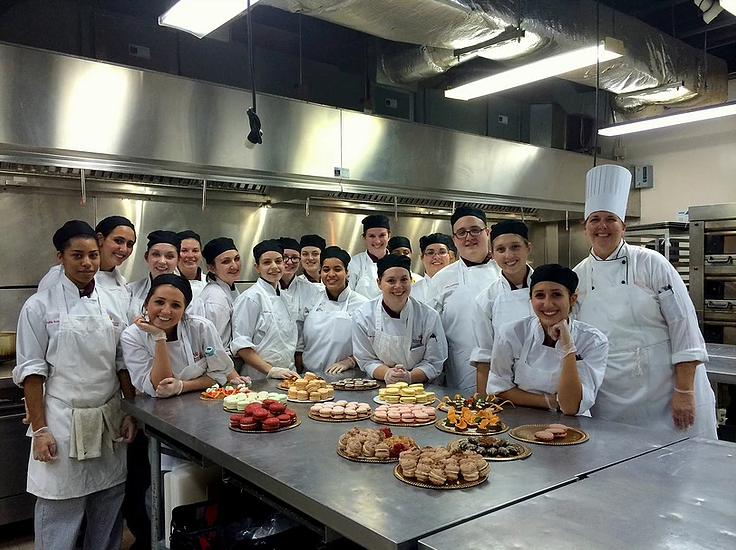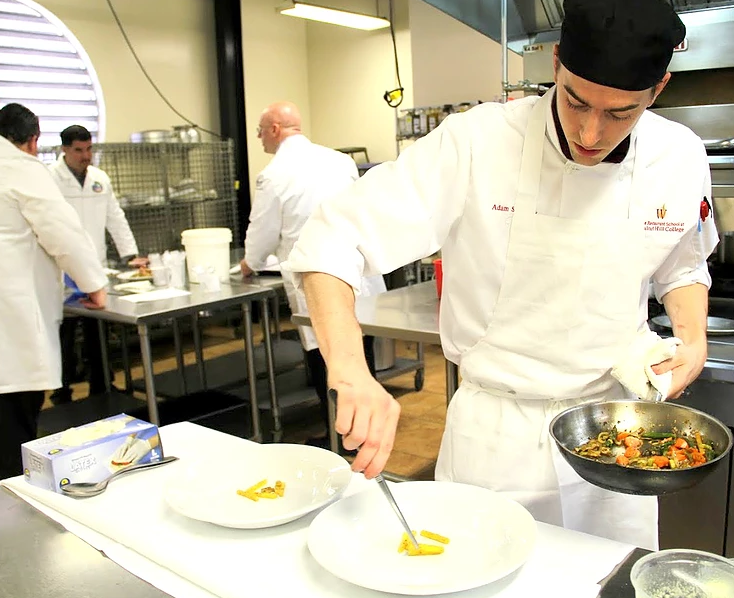Make your own cheese at home!
Hey, everybody! This week, I wanted to try something new with the blog posts. Summer was very eventful in the kitchen for me, and I learned a lot about pastry as well as some other tasty things. One thing that I had been planning for a while was to go to a local dairy farm, buy some of their milk, and make myself a wheel of cheese! Thanks to the canning, jarring, and cheesemaking class that I took this past term, I had the confidence to invest the money in a cheese-making setup. I am an absolute cheese nut, so the thought of this was like a dream come true. I had recently asked Chef Slonaker if he would fashion me a cheese press so that I could make this happen, and he delivered something really beautiful and functional. I am very lucky to have this piece of equipment, and it will see many more presses to come.
Even though I have some confidence in making cheese, I am very much an amateur. I wanted to find a recipe that wasn’t too daunting but still pushed the boundaries of what I had already done. New England Cheese Making Supply Company has many different recipes from beginner to advanced. They also sell a large selection of items ranging from cheese molds to cultures for making cheese. They turned out to be a great resource, and the recipe I chose was a tomme-style cheese. Tomme is an alpine-style cheese that was typically made when there was an excess of skim milk left over from skimming cream for butter or making other sorts of richer cheeses. This recipe called for thermophilic and mesophilic cultures as well as animal rennet and calcium chloride. The recipe seemed simple enough, but I wanted to attempt making a four-pound wheel.
I gathered my supplies, and, when I finally had the time, I drove out to a dairy in my area. Baily’s Dairy is a small family-run farm that offers beautifully sweet milk and an array of other dairy products. The family I met there was very kind, and the farm shop was fun to browse. One of the best things about sourcing your ingredients locally is getting to know the people putting in the effort to produce the ingredients you’re buying. I really look forward to going back for more milk and possibly some other goodies! Below you’ll see a short video that I have put together so that you can get a sense of what the process was like for me making the cheese. One of the best parts about something like this for me is that I can keep constantly improving and honing my craft. There are plenty of things that could have gone better, but I am thrilled with the result and had an amazing time making it. I have learned a lot from this adventure, and I am currently trying to decide what cheese to attempt next! This tomme-style cheese will age in my “cellar” for two to six months, then I’ll crack into it and post the result. Here’s the recipe for this cheese so that anyone who wants to make this at home can!

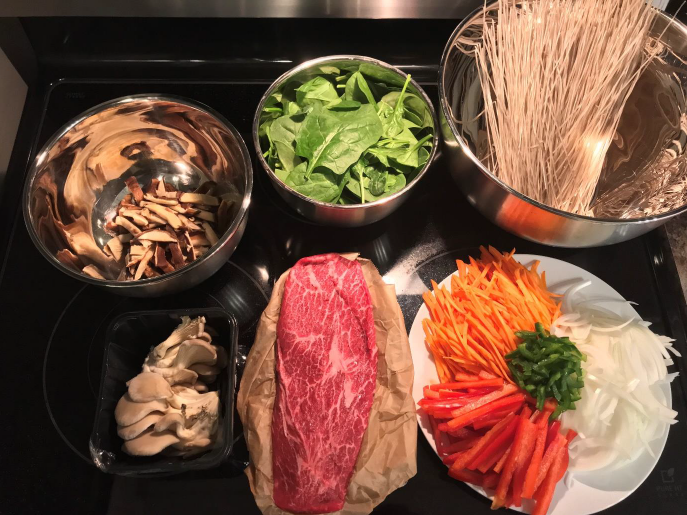 Japchae ingredients
Japchae ingredients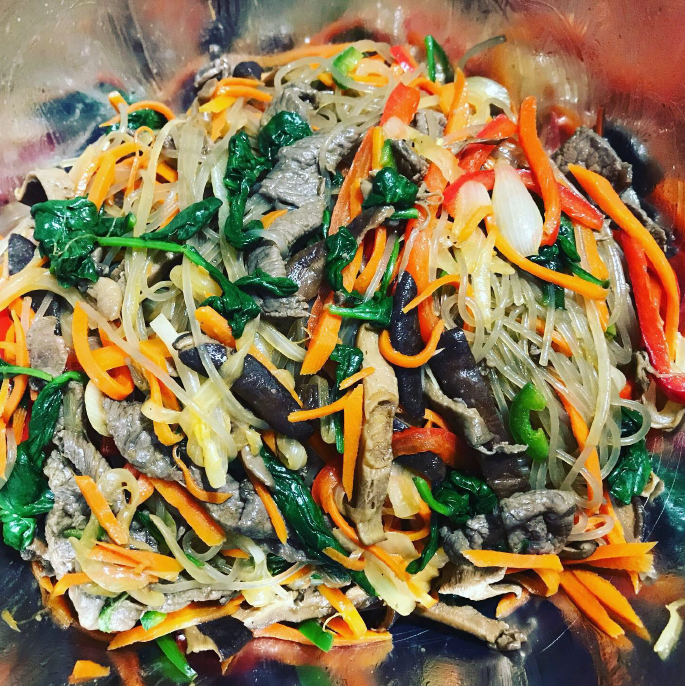 A delicious stir-fry dinner ready to eat!
A delicious stir-fry dinner ready to eat!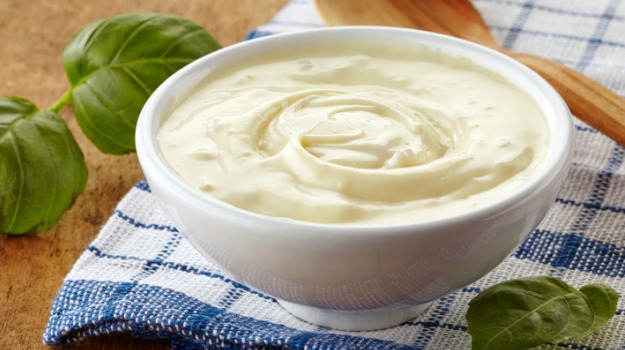 Make your own delicious homemade mayonnaise today!
Make your own delicious homemade mayonnaise today!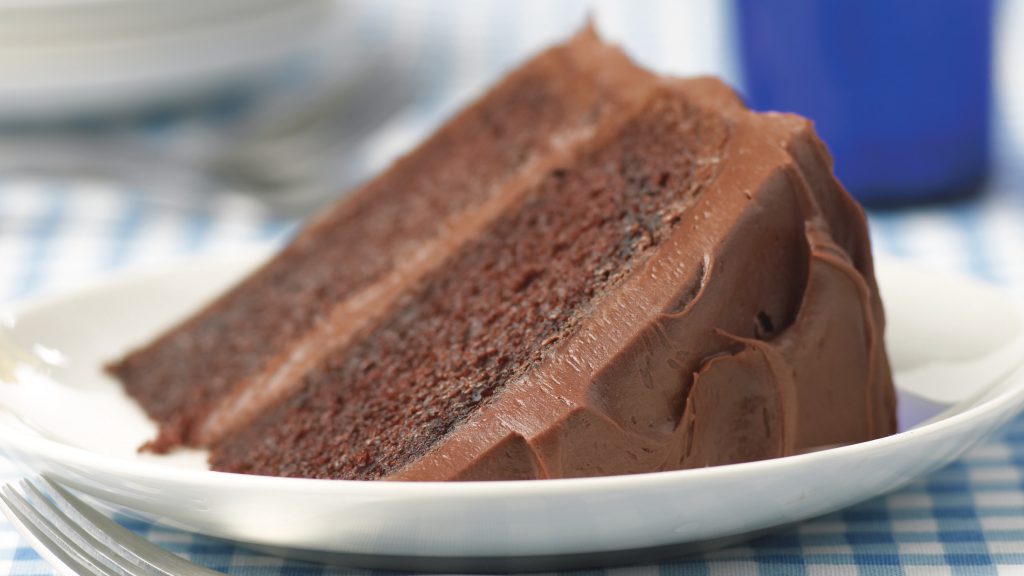 Double Chocolate Mayo Cake
Double Chocolate Mayo Cake